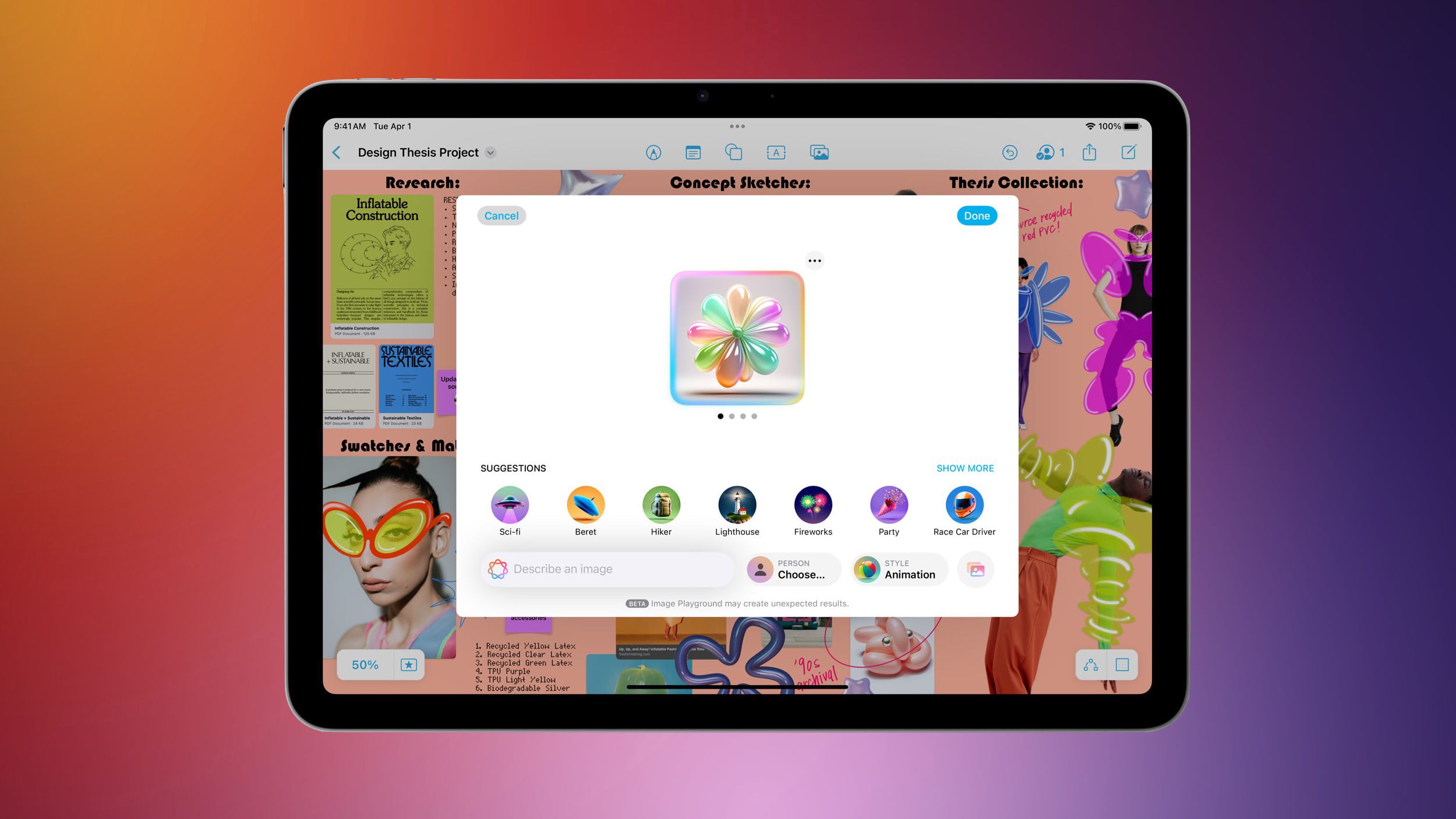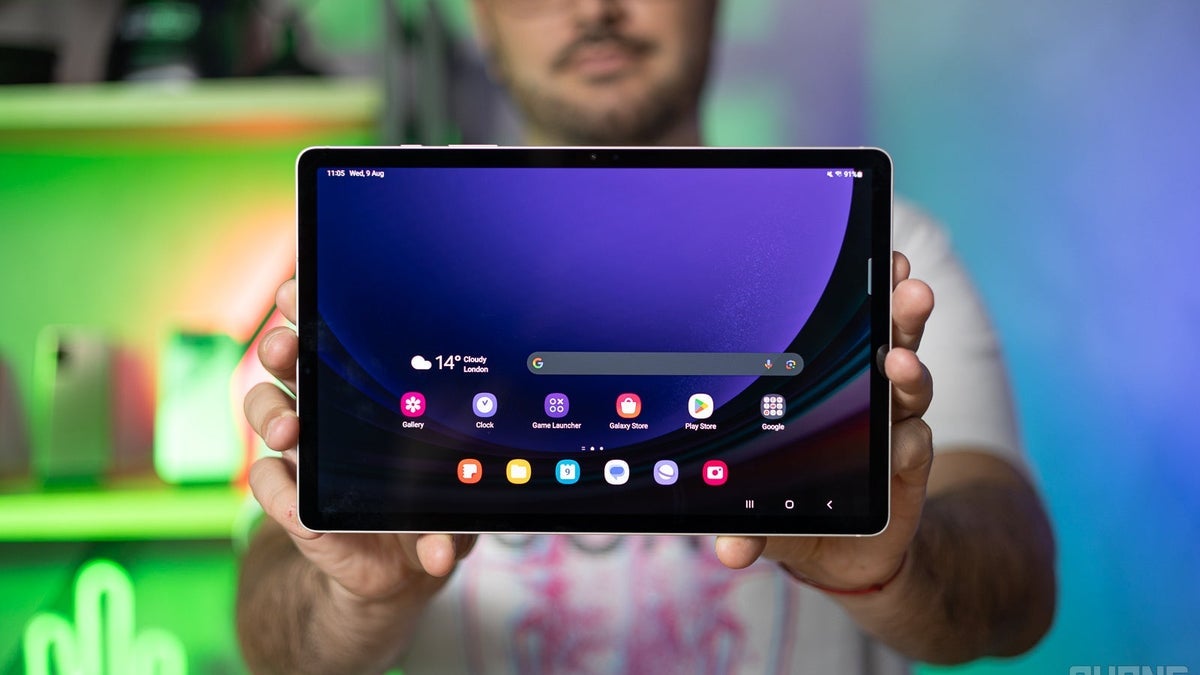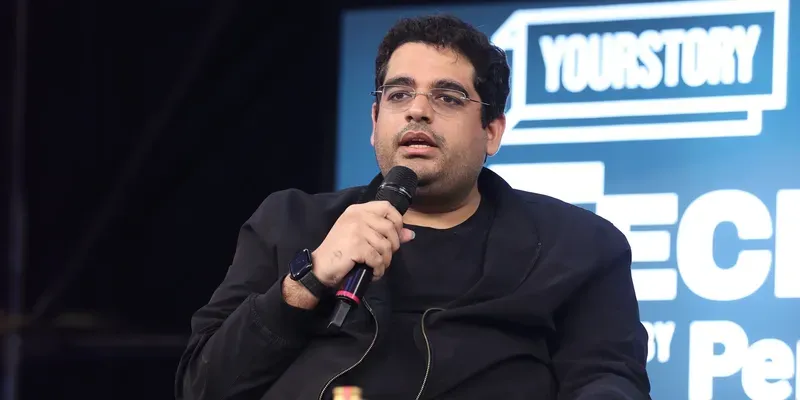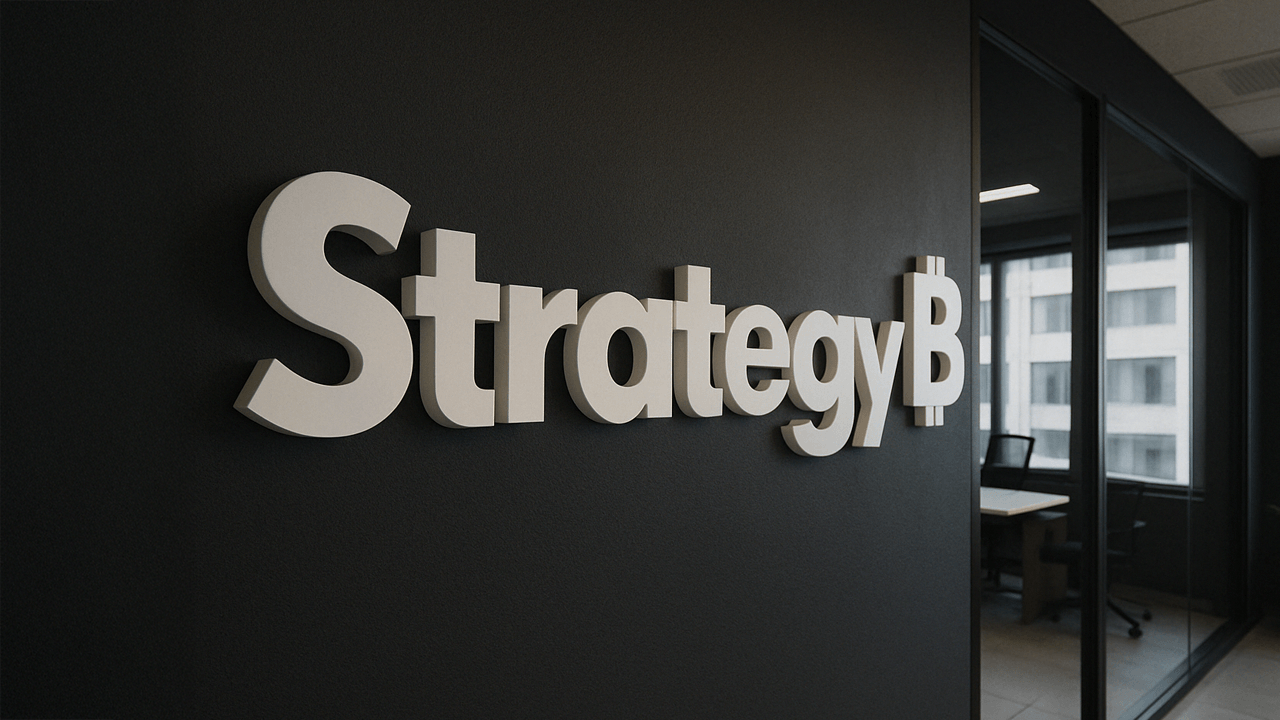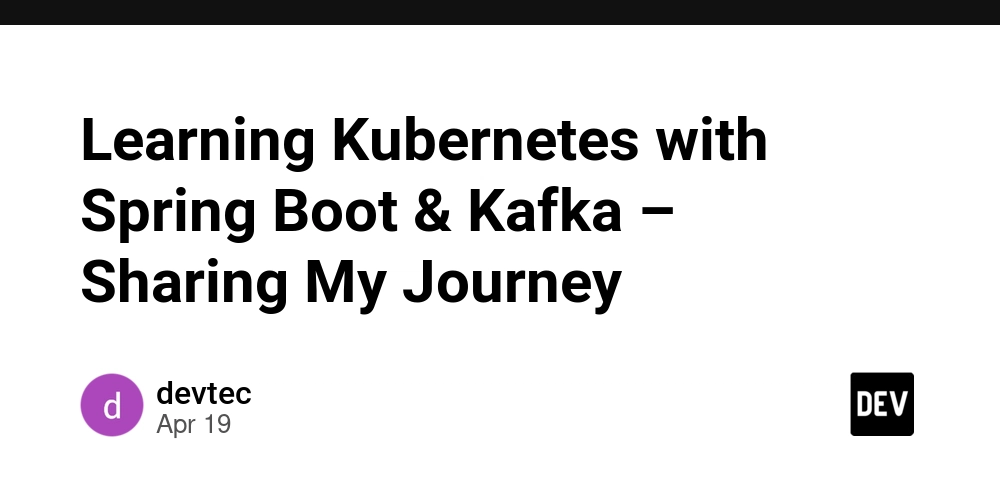How to Internationalise your Next.js app
Next.js offers robust support for internationalisation through its built-in i18n routing. This feature is designed to work well with i18n libraries, among which next-intl stands out as it covers a range of functionalities, including interpolation, pluralisation, and handling arrays. It is fully compatible with the Pages Router of Next.js (up to version 12) and the App Router introduced in version 13, which includes support for React server components. Setting Up next-intl To integrate next-intl into a Next.js project: Install the library using npm or yarn. Organise your project structure by creating a [locale] dynamic segment within the /app directory. Store localised messages in JSON files, structured to reflect the content hierarchy, making it easier to manage translations. Managing Localised Content with Hygraph Hygraph serves as a headless CMS that supports content localisation. By integrating Hygraph with your Next.js application, you can manage and retrieve localised content efficiently, utilise Graphql queries to fetch content based on the user's locale. You can also extend Hygraph with a Translation Management System to streamline the translation workflow. We are not including the code part in the blog; If you are interested, you can check the Hygraph guide for this here.
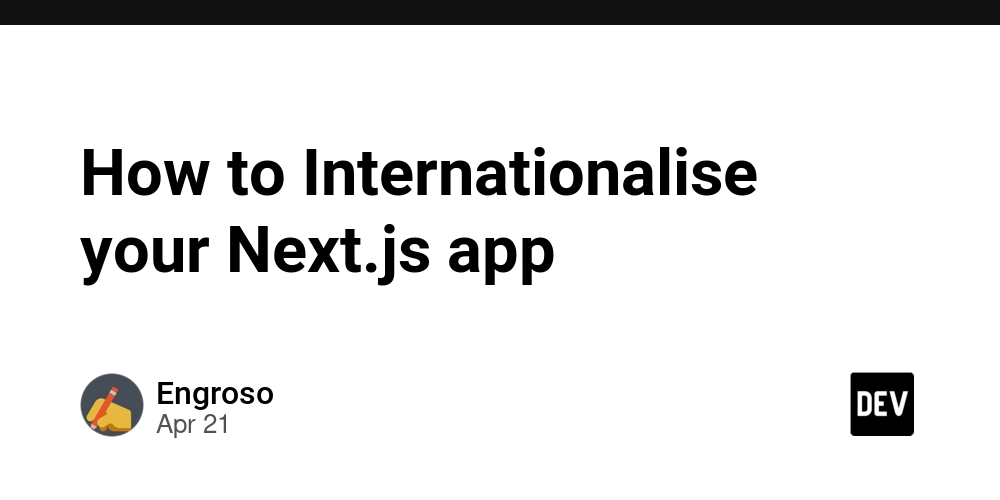
Next.js offers robust support for internationalisation through its built-in i18n routing. This feature is designed to work well with i18n libraries, among which next-intl stands out as it covers a range of functionalities, including interpolation, pluralisation, and handling arrays.
It is fully compatible with the Pages Router of Next.js (up to version 12) and the App Router introduced in version 13, which includes support for React server components.
Setting Up next-intl
To integrate next-intl into a Next.js project:
- Install the library using npm or yarn.
- Organise your project structure by creating a [locale] dynamic segment within the /app directory.
- Store localised messages in JSON files, structured to reflect the content hierarchy, making it easier to manage translations.
Managing Localised Content with Hygraph
Hygraph serves as a headless CMS that supports content localisation. By integrating Hygraph with your Next.js application, you can manage and retrieve localised content efficiently, utilise Graphql queries to fetch content based on the user's locale. You can also extend Hygraph with a Translation Management System to streamline the translation workflow.
We are not including the code part in the blog; If you are interested, you can check the Hygraph guide for this here.











































































































































































![[The AI Show Episode 144]: ChatGPT’s New Memory, Shopify CEO’s Leaked “AI First” Memo, Google Cloud Next Releases, o3 and o4-mini Coming Soon & Llama 4’s Rocky Launch](https://www.marketingaiinstitute.com/hubfs/ep%20144%20cover.png)



















































































































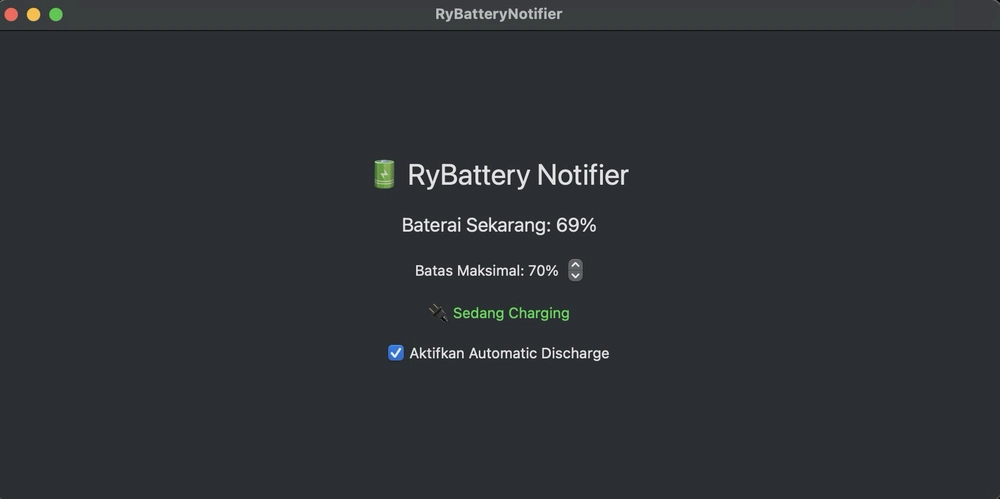














![From fast food worker to cybersecurity engineer with Tae'lur Alexis [Podcast #169]](https://cdn.hashnode.com/res/hashnode/image/upload/v1745242807605/8a6cf71c-144f-4c91-9532-62d7c92c0f65.png?#)
























![BPMN-procesmodellering [closed]](https://i.sstatic.net/l7l8q49F.png)




















































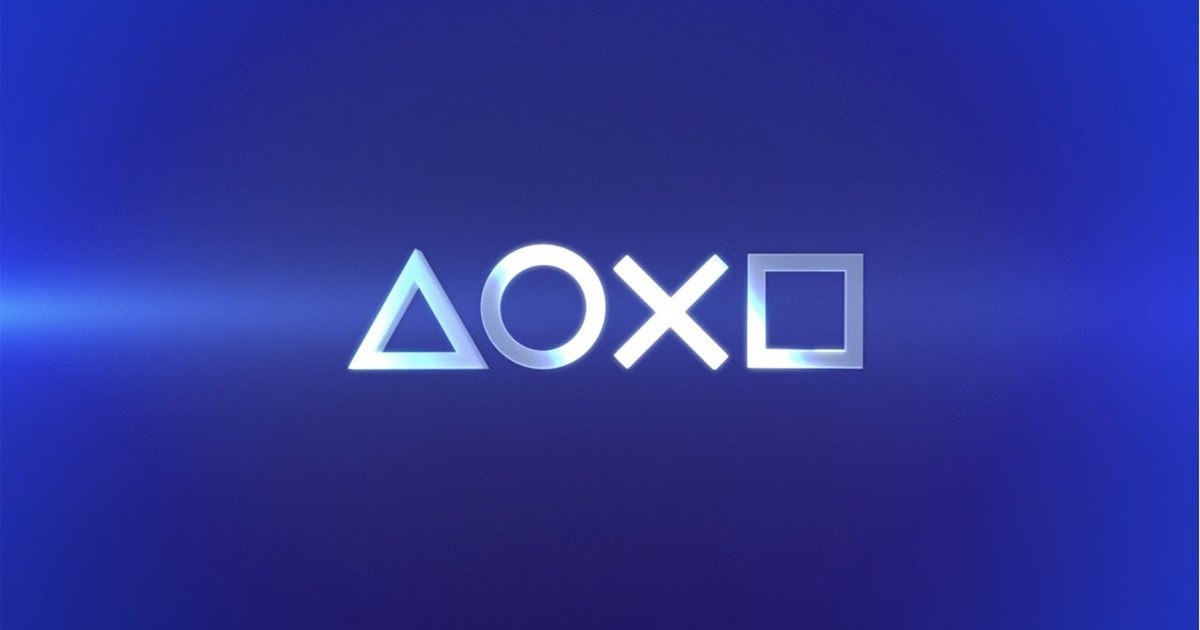





















































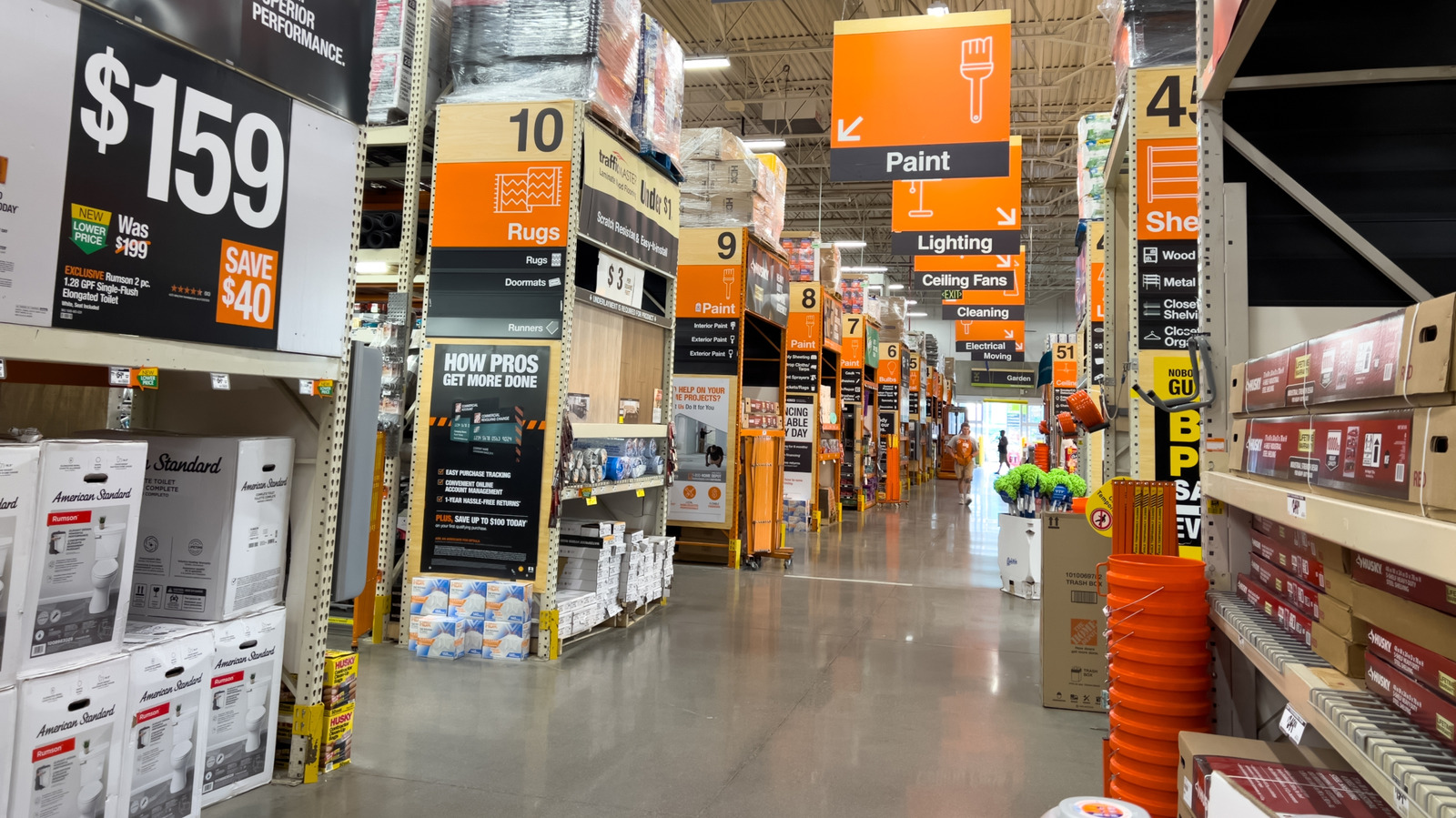












_Tanapong_Sungkaew_via_Alamy.jpg?width=1280&auto=webp&quality=80&disable=upscale#)

_Andreas_Prott_Alamy.jpg?width=1280&auto=webp&quality=80&disable=upscale#)























































































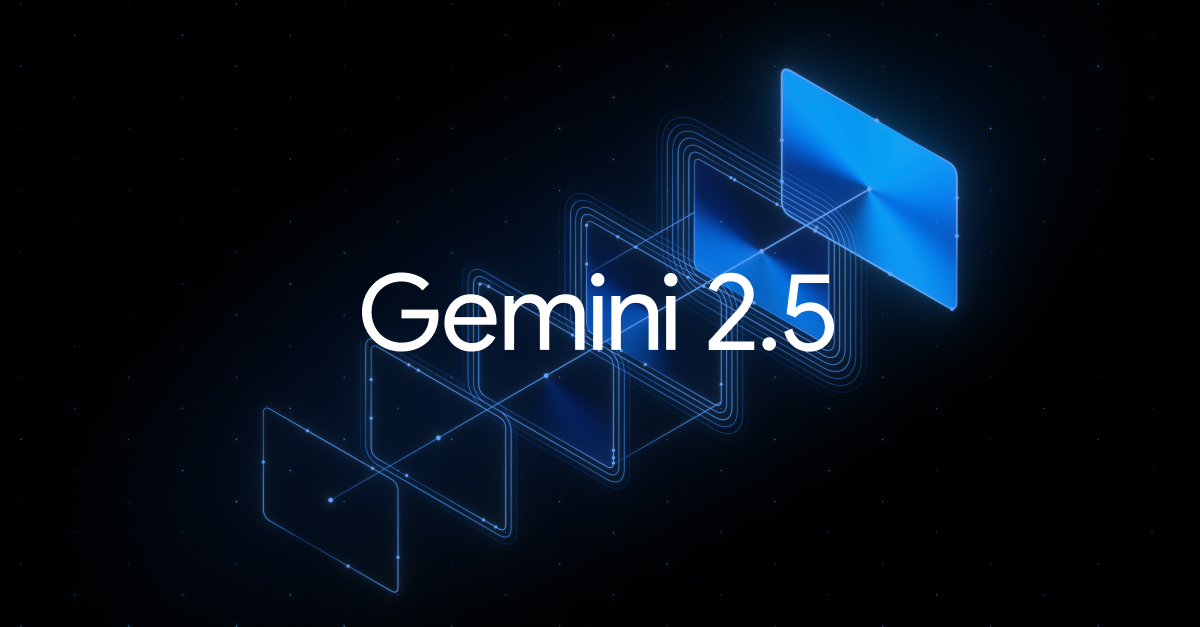






![Apple highlights Apple Intelligence ‘Clean Up’ feature in new ad [Video]](https://i0.wp.com/9to5mac.com/wp-content/uploads/sites/6/2025/04/apple-intelligence-clean-up.jpeg?resize=1200%2C628&quality=82&strip=all&ssl=1)

![CMF Phone 2 Pro has a dual-tone design and improved camera in latest teasers [Gallery]](https://i0.wp.com/9to5google.com/wp-content/uploads/sites/4/2025/04/cmf-phone-2-pro-camera-tease.jpg?resize=1200%2C628&quality=82&strip=all&ssl=1)

![Lenovo shows off its next 8.8-inch Legion Tab with vague AI promises [Gallery]](https://i0.wp.com/9to5google.com/wp-content/uploads/sites/4/2025/04/lenovo-legion-tab-y700-2025-1.jpg?resize=1200%2C628&quality=82&strip=all&ssl=1)












![Samsung Targets Late 2026 Launch for Advanced Texas Chip Fab Following Delays [Report]](https://www.iclarified.com/images/news/97073/97073/97073-640.jpg)

![Apple Shares Official Trailer for 'Long Way Home' Starring Ewan McGregor and Charley Boorman [Video]](https://www.iclarified.com/images/news/97069/97069/97069-640.jpg)
![Apple Watch Series 10 Back On Sale for $299! [Lowest Price Ever]](https://www.iclarified.com/images/news/96657/96657/96657-640.jpg)





























![Mobile Legends: Bang Bang [MLBB] Free Redeem Codes April 2025](https://www.talkandroid.com/wp-content/uploads/2024/07/Screenshot_20240704-093036_Mobile-Legends-Bang-Bang.jpg)












